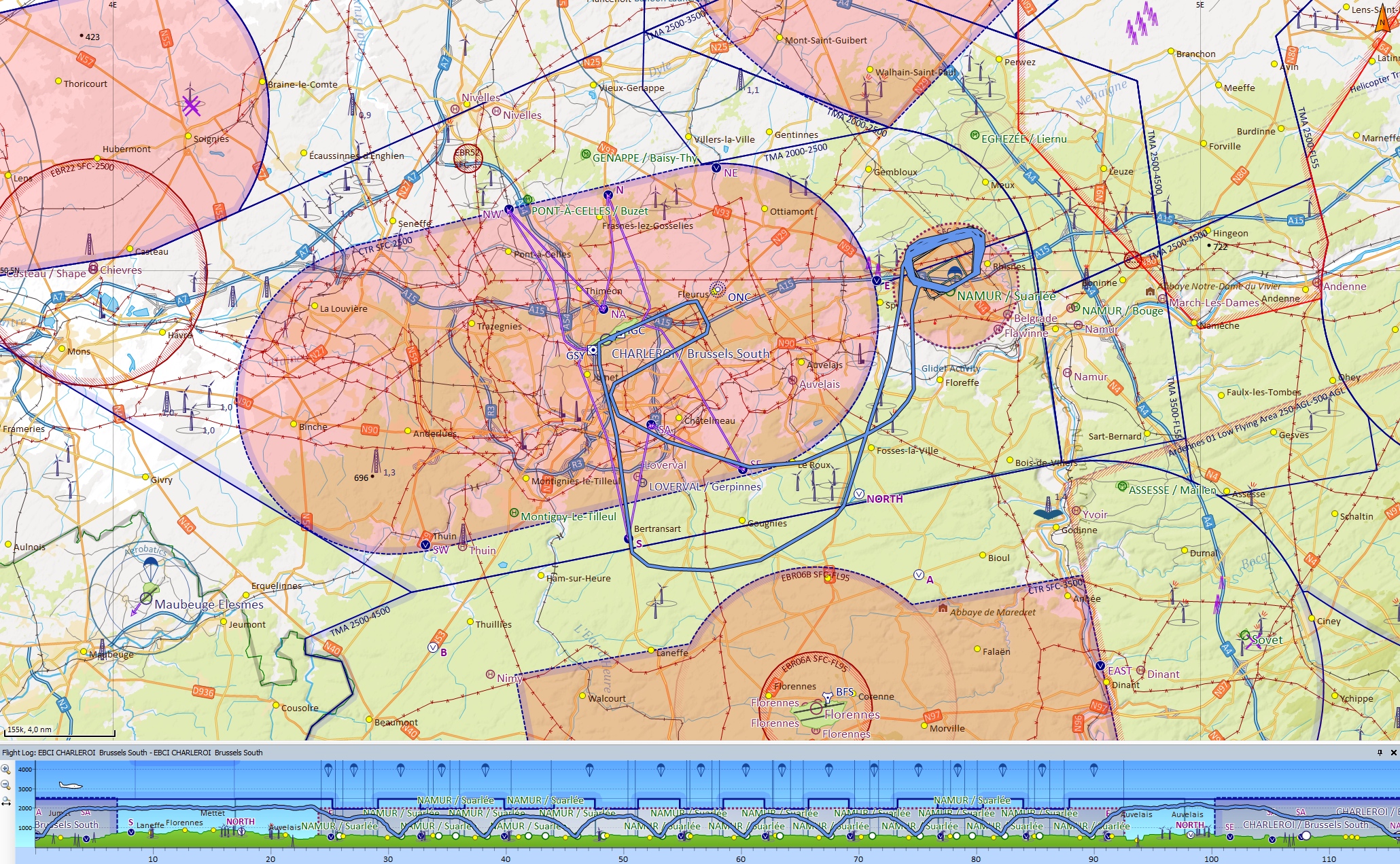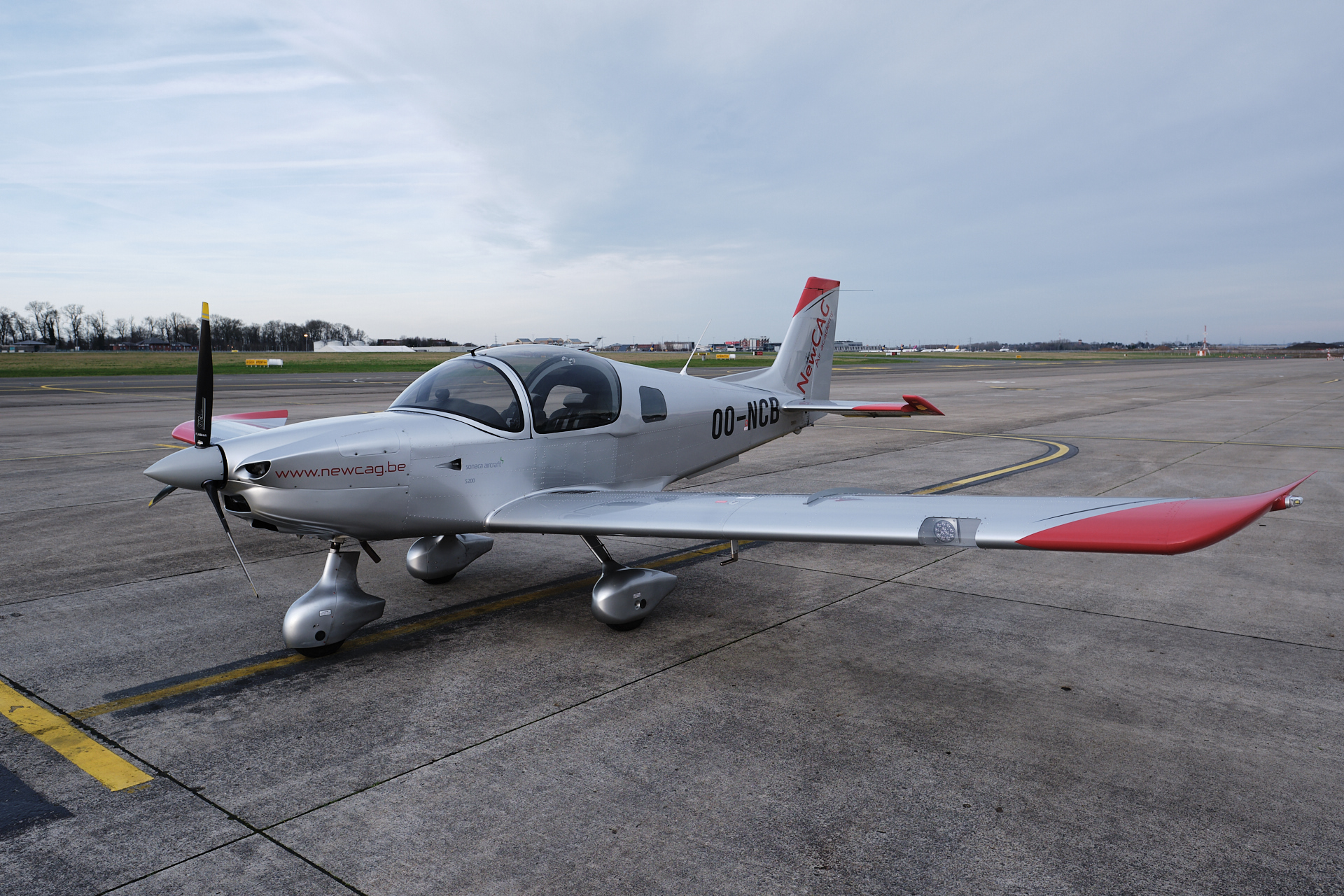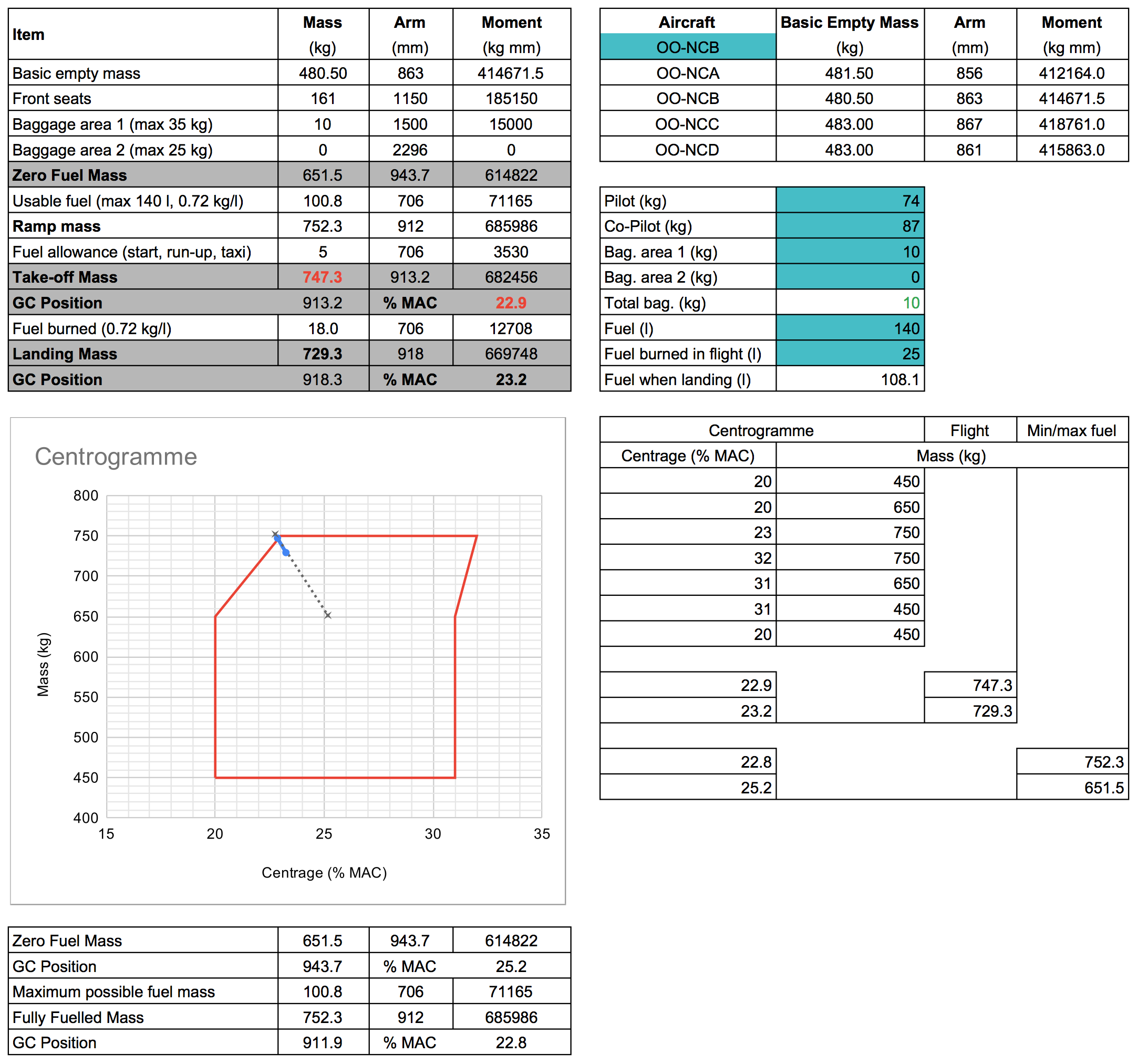It has been a while since my last update (here) on my PPL training, since fist I could not fly for months because of the lockdown (you know, Covid-19 and everything…), then after two flights in June (just enough to get back in the rhythm) the Sonaca 200 fleet was grounded for inspection, so I could actually only restart intensive flying in August. But since then I have flown once every week, which means 7 flights in the past 7 weeks, most of them pretty long (up to two hours) and intensive (with a lot of exercises, and even a progress test). This culminated in my fist solo flight (of 24 minutes, flying two circuits at Maubeuge, including a touch and go and a full stop landing) this Monday, which is obviously a huge milestone in the training program. Now I have 22 hours and 18 minutes of flight time, and a bit more than 60 landings.
Just before my first solo I also did the online test for the Sonaca 200 (successfully passed with a 96% result – thanks to the test being not too difficult, open book – although with a time limit of 90 minutes for the 90 questions -, and me studying way too much for it), and I finally got my badge to the airport (the GA area) too after a personal security briefing held only for me (since I don’t speak French and they very rarely give the briefing in English – as illustrated by the clear lack of demand for it), so now it will be easier for me to get in and prepare the plane for a flight without having to wait for my instructor to come and get me (which was not very practical when the instructor had a flight before my training, or it was the first flight of the day). Thanks to my videos (which have became a very useful post-flight briefing tool for me), I was asked to give an interview to Sonaca (the manufacturer of our planes) after my first solo, which was of course a nice experience.
Now there will be a few more flights with mostly touch and go training, always including some solo time, then we will start navigational flights! Below I will give a short summary of the past flights, and embed the videos I have made of them.
Flight 7: After three months of no flying due to Covid-19, I was finally back at EBCI (Charleroi) for the next flight of my PPL training. This time I managed to record the radio audio too, so the video is longer than usual (note: since then that became pretty standard…), because I left in parts which are interesting only for the dialogue, and not for the flying – since this is also an important (and interesting) part of the training. I also left parts in where I make mistakes, because this is how you learn during the training. Unfortunately something was not OK with the external power, so the GoPro was using its own battery, and after that ran out of juice the recording died after ~1 hour, so I don’t have footage of the (very good) approach and the (pretty bad) landing back to EBCI… (Actually the issue was that I started recording with the quick capture mode, and using that the GoPro never uses external power. So reminder: always properly turn the camera on, and start recording with the record button.) Besides a general repetition of flying skills, we covered mainly steep turns (45 degree and 60 degree) during this training.



